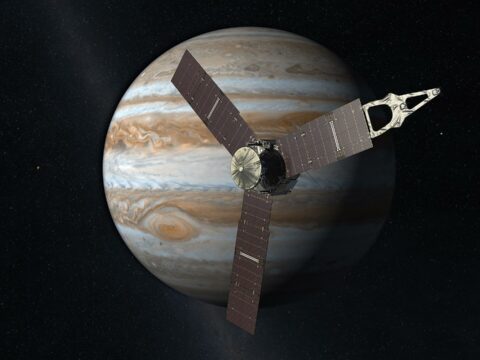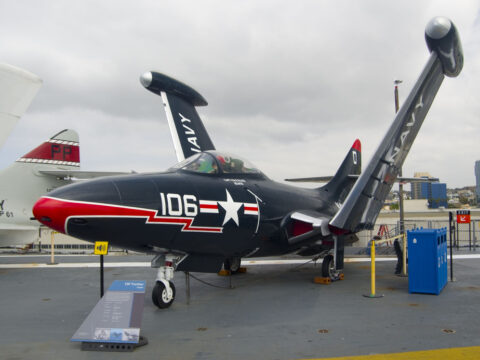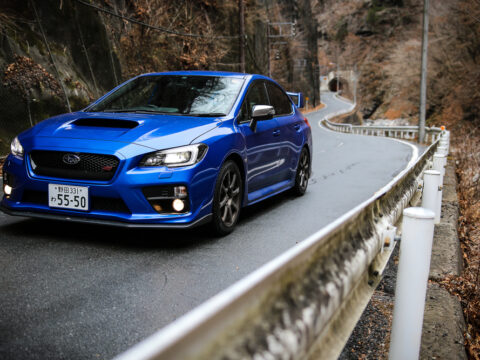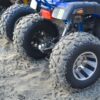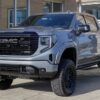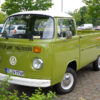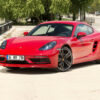Station wagons, once popular for their practicality and spaciousness, could see a resurgence today with updated features and designs. Models like the Volvo 240, Audi RS2 Avant, and Buick Roadmaster Estate Wagon offered generous cargo space, comfort, and versatility, which are still in demand today. With the growing appeal of versatile family vehicles and the van life movement, these discontinued wagons, if revived with modern tech and styling, could become a popular choice for those seeking functionality, fuel efficiency, and a retro flair in a modern package.
Contents
Volvo 850 T-5R (1995)
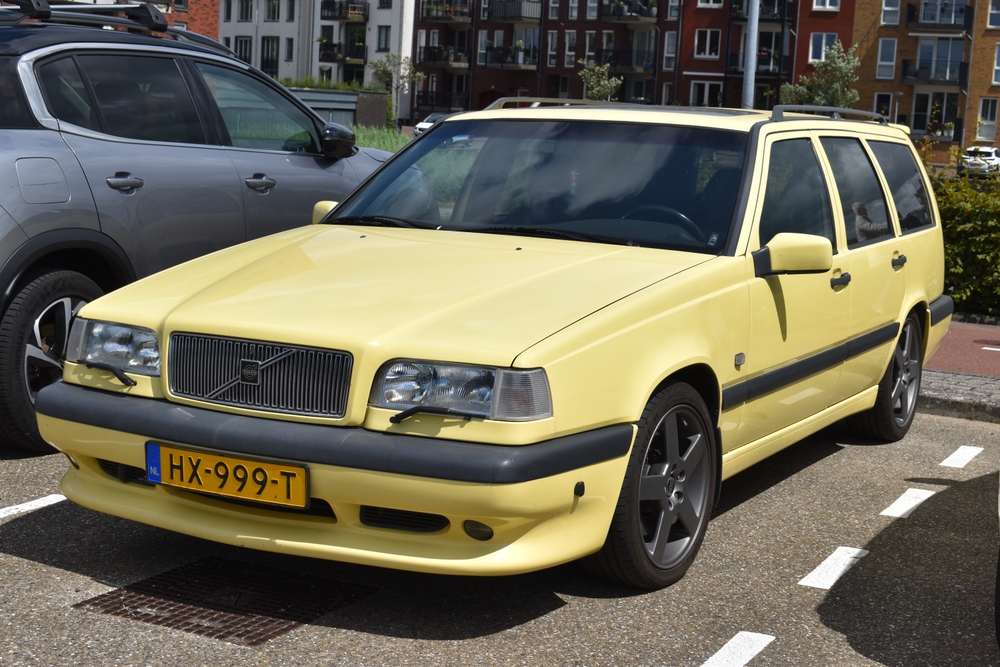
The Volvo 850 T-5R was a performance-oriented station wagon that defied the typical image of a family car. Powered by a turbocharged 2.3-liter inline-5 engine, it delivered an impressive 243 horsepower. Its boxy design, often associated with practicality, became a sleeper hit for car enthusiasts, offering both speed and space. With today’s trend of blending performance and utility, the 850 T-5R could thrive, appealing to those who want a high-performance, family-friendly vehicle. A modern version could embrace updated safety features, hybrid powertrains, and advanced technology while maintaining its iconic design.
Subaru Legacy GT Wagon (2005)
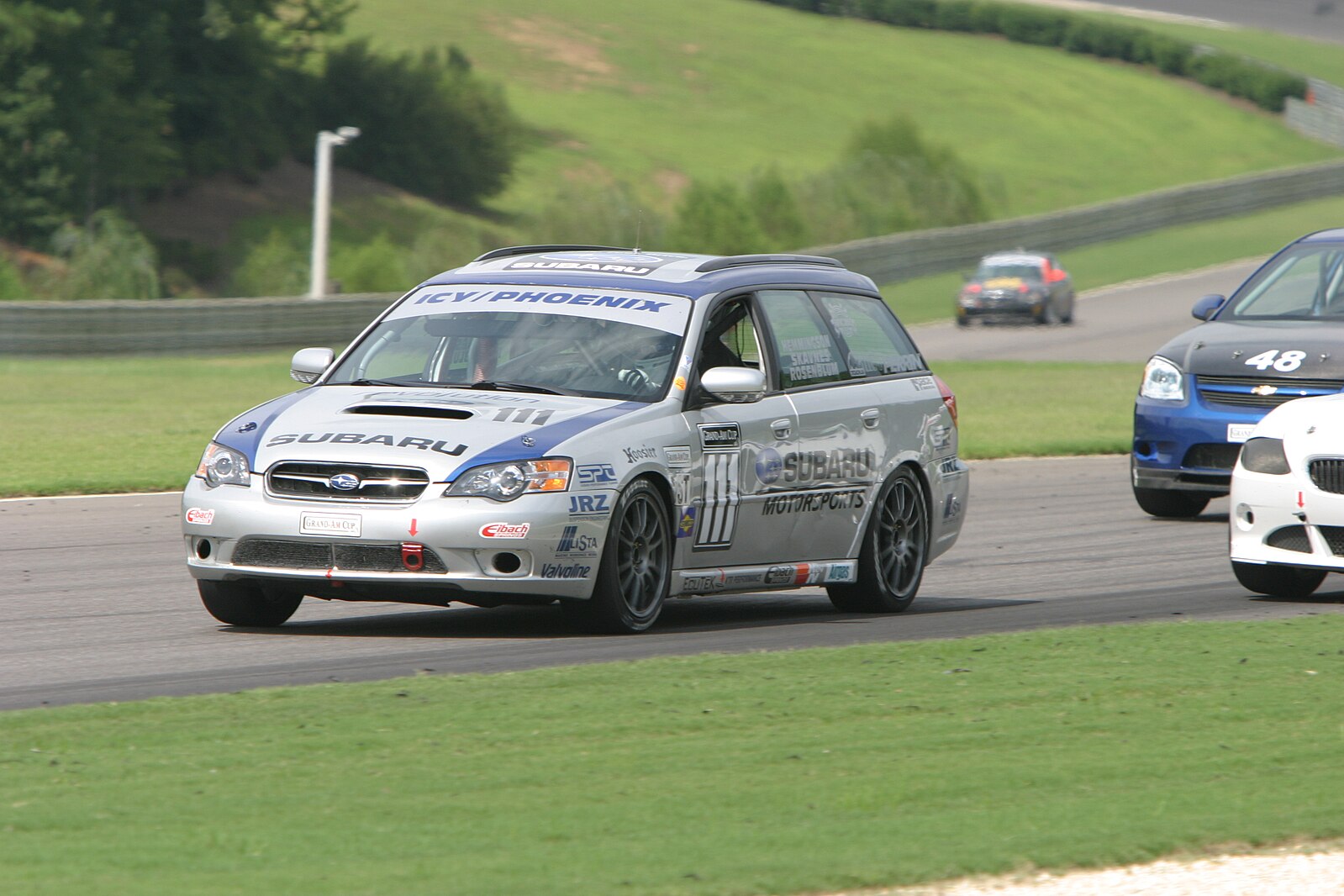
The Subaru Legacy GT Wagon was powered by a turbocharged 2.5-liter boxer engine, producing 250 horsepower and featuring Subaru’s famous all-wheel-drive system. This wagon offered both practicality and sporty handling, making it a versatile choice for families and adventure seekers alike. Today’s car buyers, especially those in regions with rough weather, would appreciate the Legacy GT’s all-wheel drive, turbocharged power, and spacious interior, blending performance with functionality. A comeback could see a hybrid or fully electric version, appealing to eco-conscious buyers who still want a capable, roomy wagon.
Audi RS2 Avant (1994-1995)
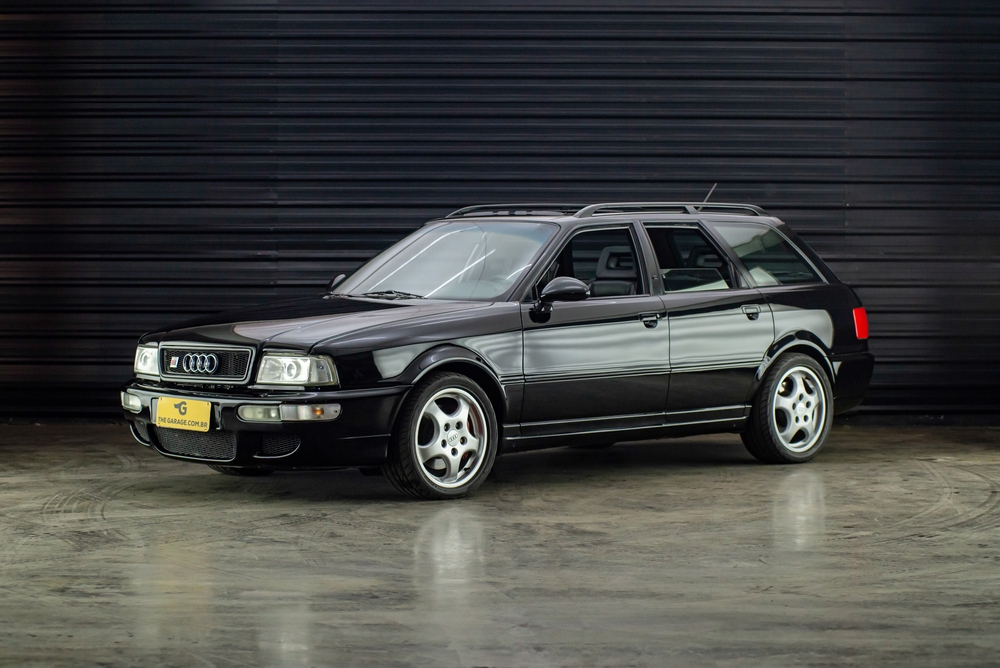
The Audi RS2 Avant was the brand’s first high-performance wagon, developed in collaboration with Porsche. It was powered by a turbocharged 2.2-liter inline-5 engine, producing 311 horsepower and offering all-wheel drive. Its combination of luxurious design, blistering speed, and practicality made it an instant classic. Given the rising popularity of sporty yet practical vehicles, a modern-day RS2 Avant could fit perfectly into the current market, combining high performance with eco-friendly hybrid technology and advanced connectivity.
BMW 540i Touring (1999)
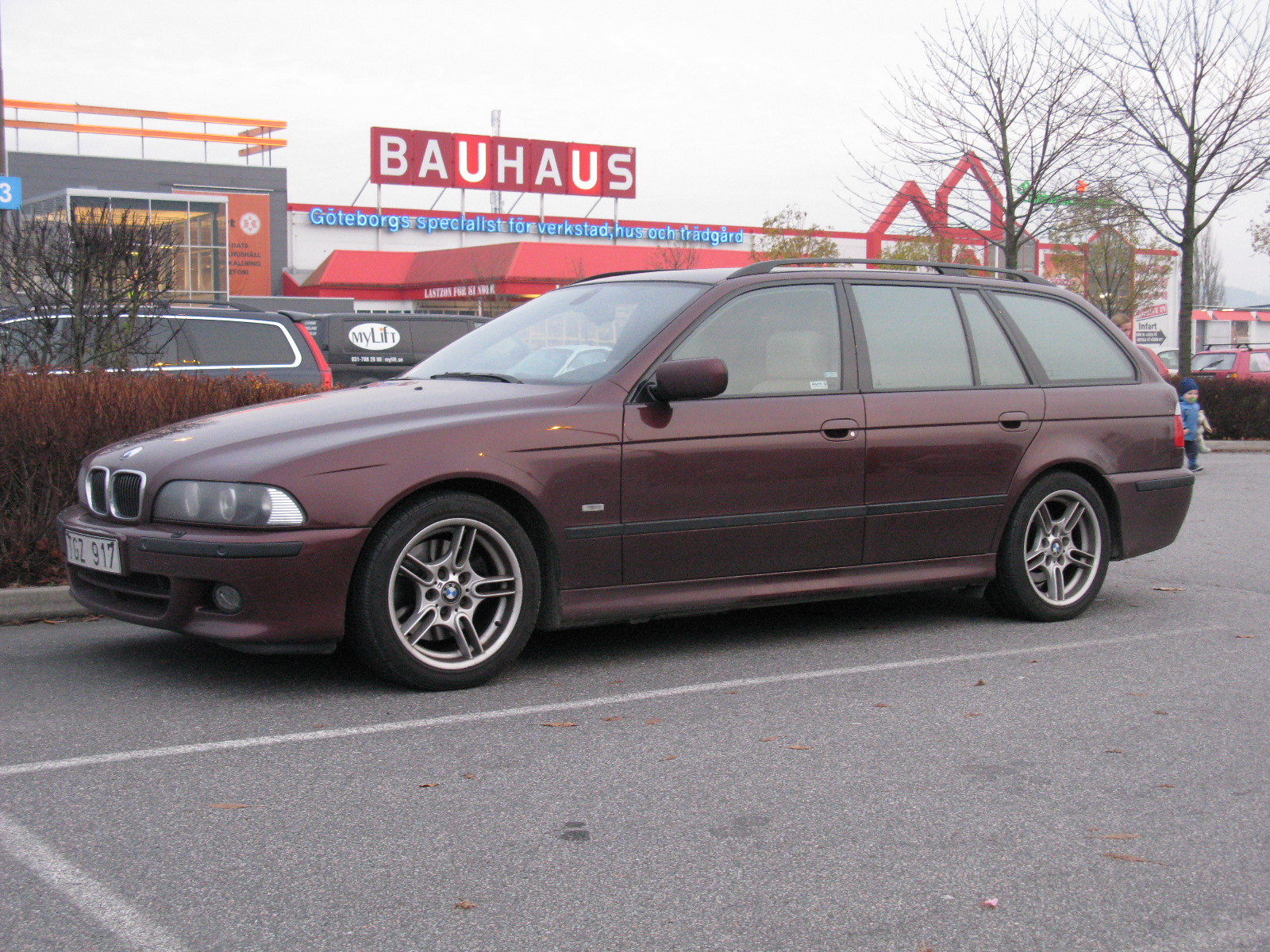
The BMW 540i Touring was a luxurious, performance-oriented station wagon with a 4.4-liter V8 engine that produced 282 horsepower. It offered a smooth ride, excellent handling, and ample cargo space. A modern iteration of the 540i Touring would likely retain its luxury status while incorporating modern safety features, electric powertrains, and advanced driver assistance systems. With the growing interest in premium, eco-conscious family vehicles, a new 540i Touring could capture a niche market seeking comfort, power, and practicality.
Mercedes-Benz E63 AMG Wagon (2010)

The Mercedes-Benz E63 AMG Wagon was a beast of a station wagon, powered by a 6.2-liter V8 engine that produced 518 horsepower. It offered an exhilarating driving experience while maintaining the practicality of a family car. In today’s market, where performance-oriented SUVs are gaining popularity, a modern E63 AMG Wagon would be a hit among car enthusiasts who prefer the lower stance and handling of a wagon but still want immense power. Hybrid or electric technology could make this car both powerful and sustainable.
Buick Roadmaster Estate Wagon (1991-1996)
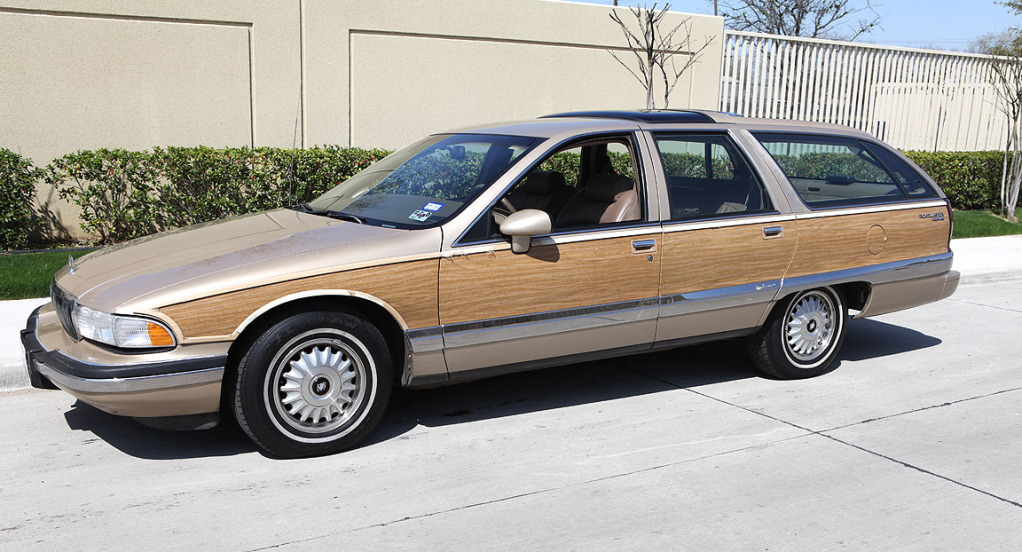
The Buick Roadmaster Estate Wagon was one of the last full-sized, rear-wheel-drive station wagons in America, powered by a 5.7-liter V8 engine that produced 260 horsepower. Known for its enormous interior space and iconic wood paneling, the Roadmaster was a classic American family car. With the current trend of nostalgic and retro designs, a modernized Roadmaster could attract buyers looking for a spacious family vehicle with vintage charm, updated with modern safety features and possibly electric powertrains.
Saab 9-5 SportCombi (2005-2011)

The Saab 9-5 SportCombi was a stylish and practical wagon, powered by a turbocharged 2.3-liter inline-4 engine producing 260 horsepower. It was known for its safety features, unique design, and excellent cargo space. Saab’s loyal following, combined with today’s demand for stylish, tech-filled family vehicles, could make a modern version of the 9-5 SportCombi a strong contender in the market. A hybrid or electric drivetrain, along with advanced safety features, would make it even more appealing to contemporary buyers.
Volkswagen Passat W8 Wagon (2002-2004)
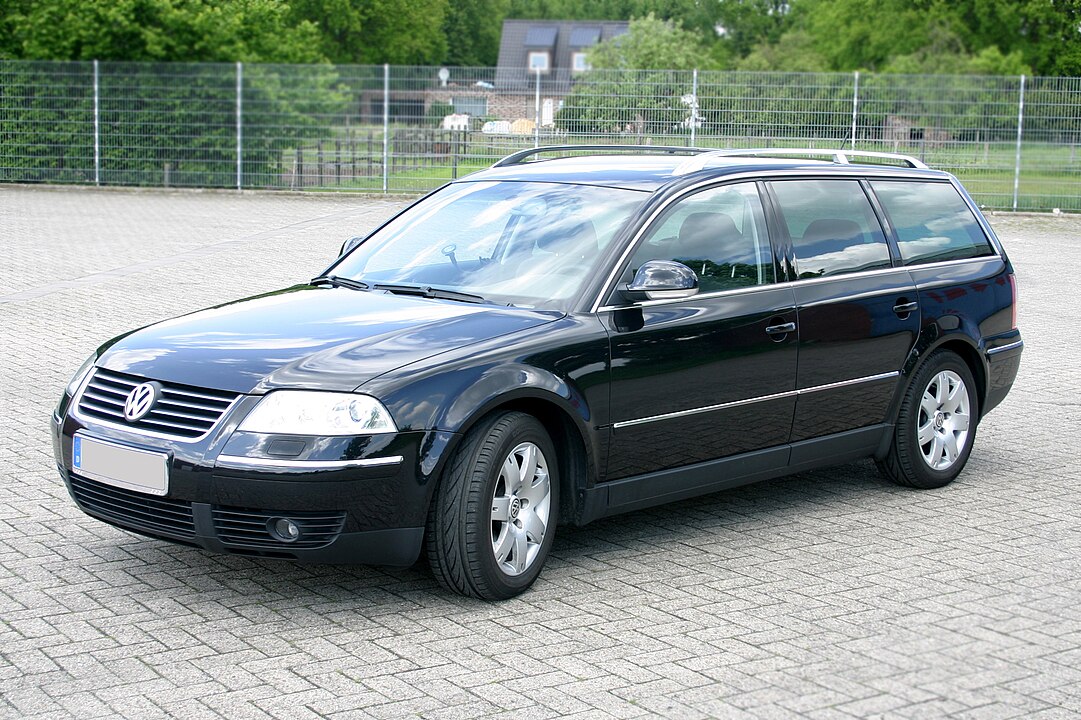
The Volkswagen Passat W8 Wagon was powered by a unique 4.0-liter W8 engine that produced 275 horsepower, offering all-wheel drive and a luxurious interior. Its combination of European refinement, performance, and practicality made it a favorite among wagon enthusiasts. A modern version could bring back the same balance of power and luxury, with a more eco-friendly hybrid or electric engine option, tapping into today’s demand for premium, spacious vehicles with strong performance capabilities.
Ford Taurus SHO Wagon (1992-1995, Concept Only)
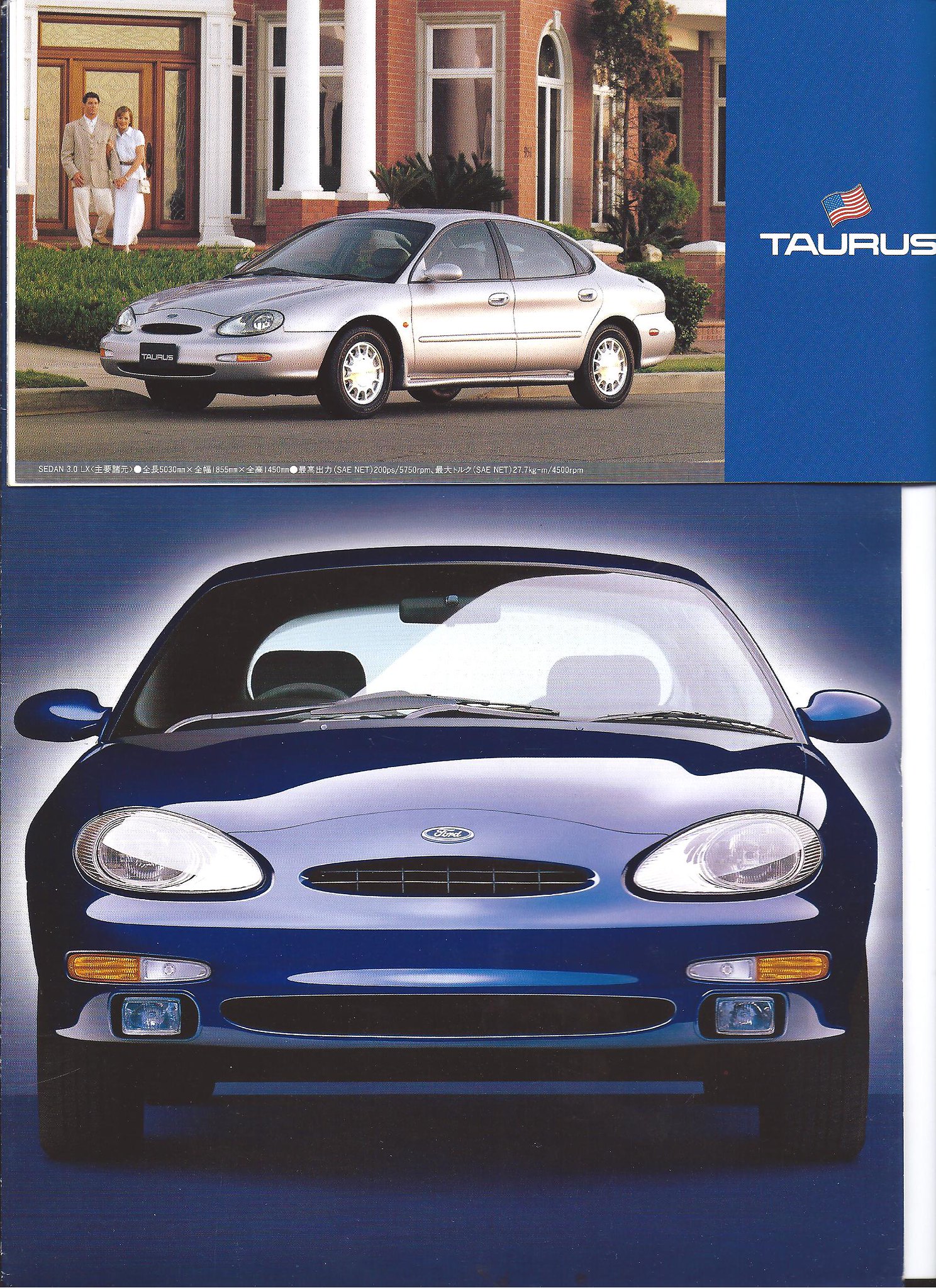
While the Taurus SHO Wagon never officially made it to production, the concept featured a 3.0-liter V6 engine producing 220 horsepower. It combined the practicality of a wagon with the sporty performance of the Taurus SHO sedan. A modern version could be a hit, especially with the growing trend of performance-focused family vehicles. It could feature a turbocharged or hybrid engine, advanced safety systems, and a modern, sleek design to attract buyers looking for both speed and space.
Dodge Magnum SRT-8 (2006-2008)
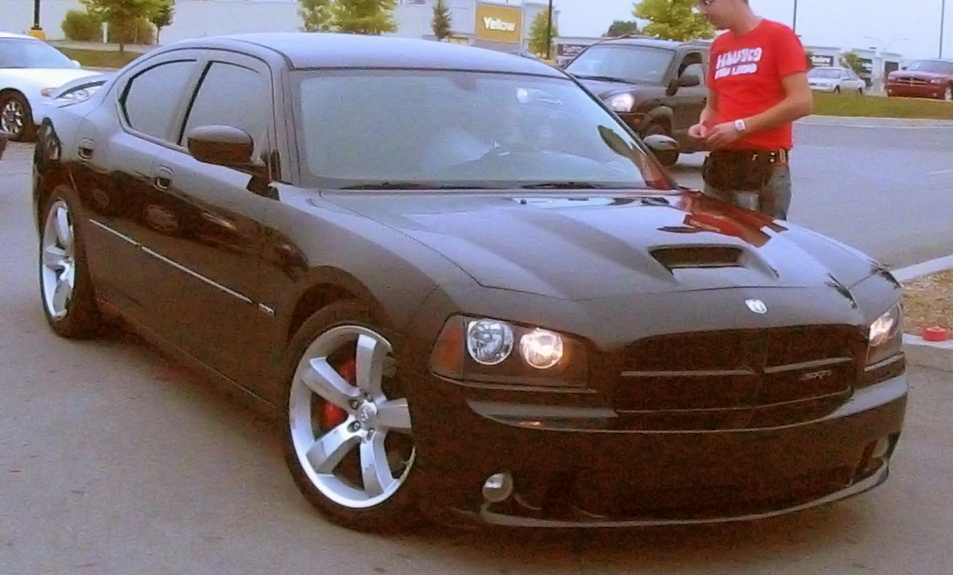
The Dodge Magnum SRT-8 was a high-performance station wagon powered by a 6.1-liter HEMI V8 engine producing 425 horsepower. It offered muscle car power in a practical wagon body, making it a favorite among enthusiasts. With muscle cars still enjoying a resurgence in popularity, a modern Dodge Magnum SRT-8 could appeal to those looking for a powerful, stylish family vehicle. An updated version with hybrid technology or even an electric drivetrain could add to its appeal while maintaining its high-performance edge.
Oldsmobile Vista Cruiser (1964-1977)

The Oldsmobile Vista Cruiser was an iconic station wagon, known for its extended roofline and skylights. Powered by a range of V8 engines, it offered ample power and a unique, stylish design. Today’s buyers could be drawn to a modern Vista Cruiser for its nostalgic appeal and spacious interior. With updated technology, modern safety features, and a hybrid or electric powertrain, it could attract families looking for a stylish, retro-inspired vehicle that blends practicality with innovation.
Volvo V70 R (2004-2007)
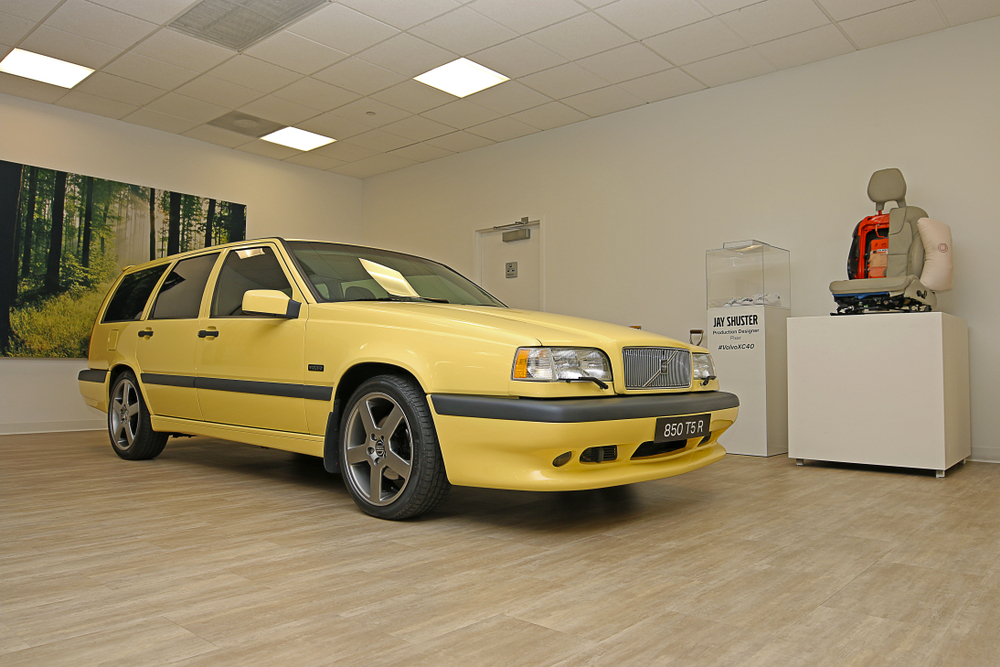
The Volvo V70 R was a high-performance version of the V70 wagon, powered by a turbocharged 2.5-liter inline-5 engine that produced 300 horsepower. With all-wheel drive and adaptive suspension, it combined safety, performance, and practicality. Given today’s demand for performance-oriented, family-friendly vehicles, a modern Volvo V70 R could easily capture the market, especially if it incorporated hybrid or electric technology, maintaining Volvo’s reputation for safety and reliability while offering thrilling performance.
Audi Allroad Quattro (1999-2005)
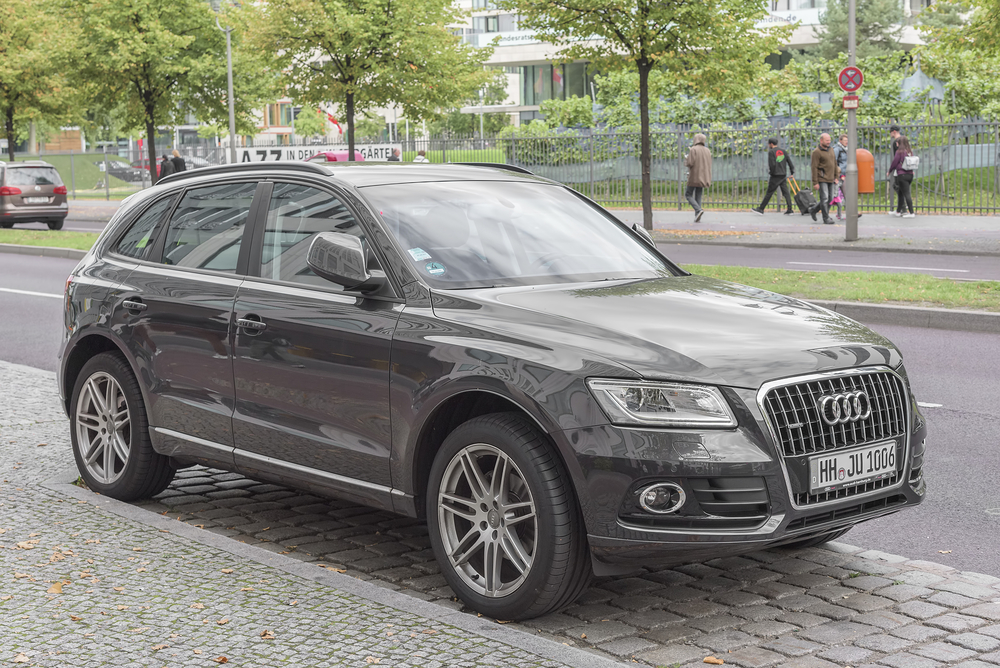
The Audi Allroad Quattro was an off-road capable station wagon with a turbocharged 2.7-liter V6 engine producing 250 horsepower. It featured adjustable air suspension, all-wheel drive, and rugged styling, making it a versatile family vehicle. A modern Audi Allroad, updated with hybrid or electric powertrains and advanced off-road capabilities, could appeal to buyers seeking an adventurous, luxurious, and practical vehicle that bridges the gap between wagons and SUVs.
Jaguar X-Type Sportwagon (2004-2007)
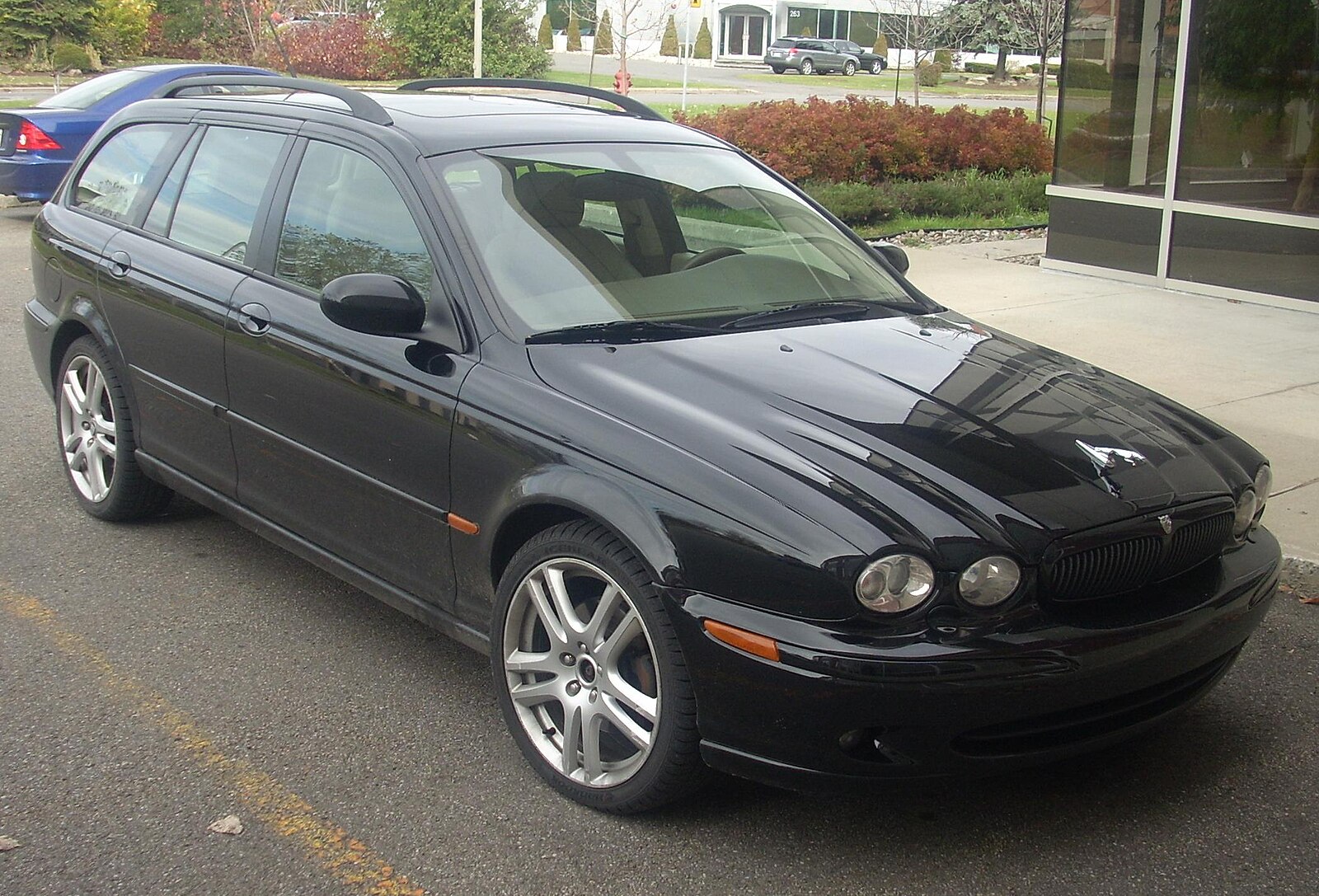
The Jaguar X-Type Sportwagon was a compact luxury station wagon powered by a 3.0-liter V6 engine producing 227 horsepower. Known for its stylish design, all-wheel drive, and high-end interior materials, it offered luxury with practicality. In today’s market, a new X-Type Sportwagon could cater to buyers seeking a premium, compact family vehicle with eco-friendly credentials, such as a plug-in hybrid or fully electric version, while retaining Jaguar’s luxurious appeal.
Chrysler Town & Country Wagon (1941-1988)
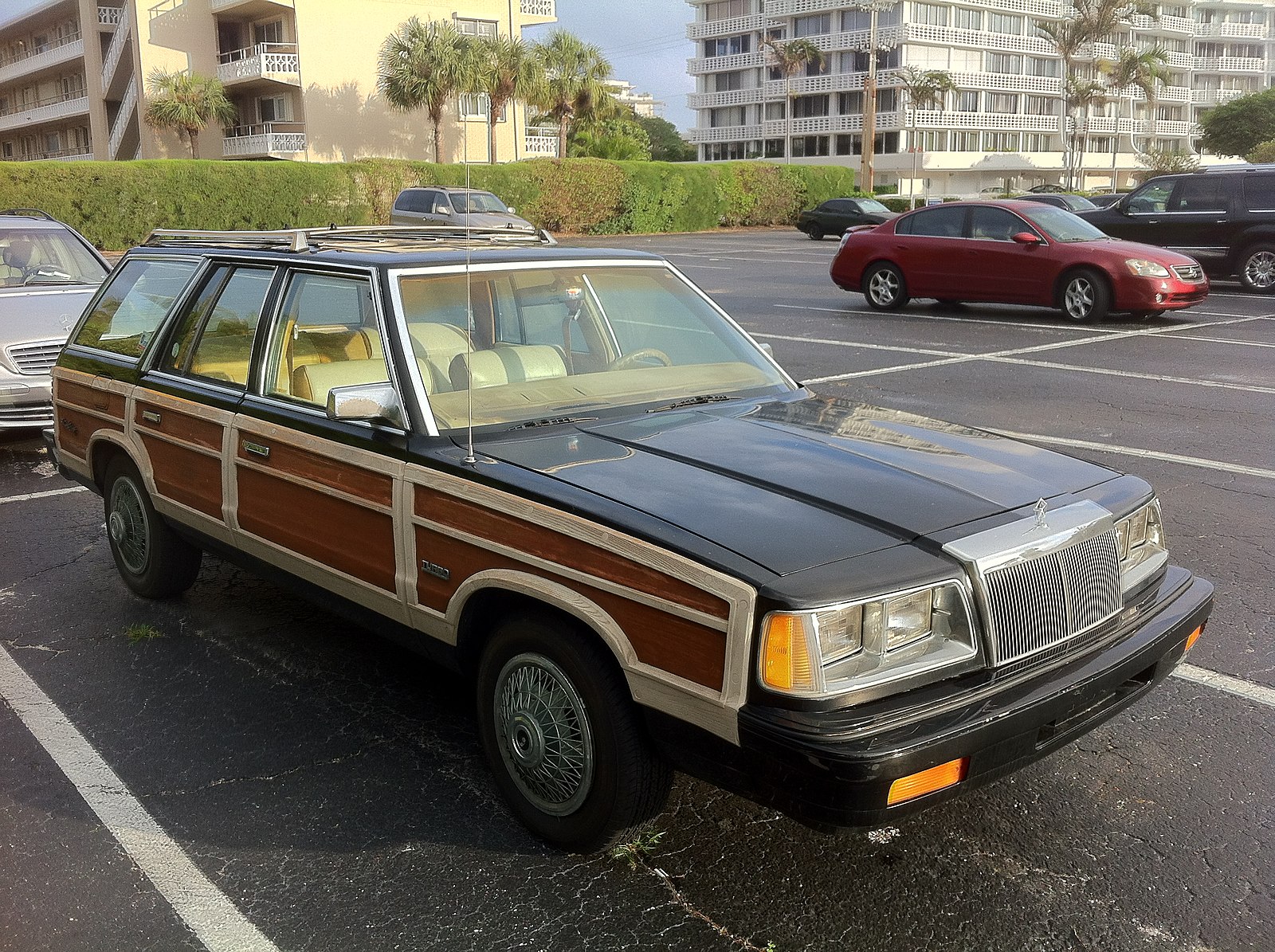
The Chrysler Town & Country Wagon was a full-size station wagon with a luxurious wood-trimmed exterior. Powered by a variety of V8 engines, it was a staple of post-war American luxury vehicles. In today’s market, where retro designs are making a comeback, a modern Town & Country Wagon could be a unique blend of luxury, style, and practicality. With electric powertrains and high-tech features, it could attract buyers who appreciate vintage aesthetics but demand modern technology and sustainability.
Chevrolet Nomad (1955-1961)
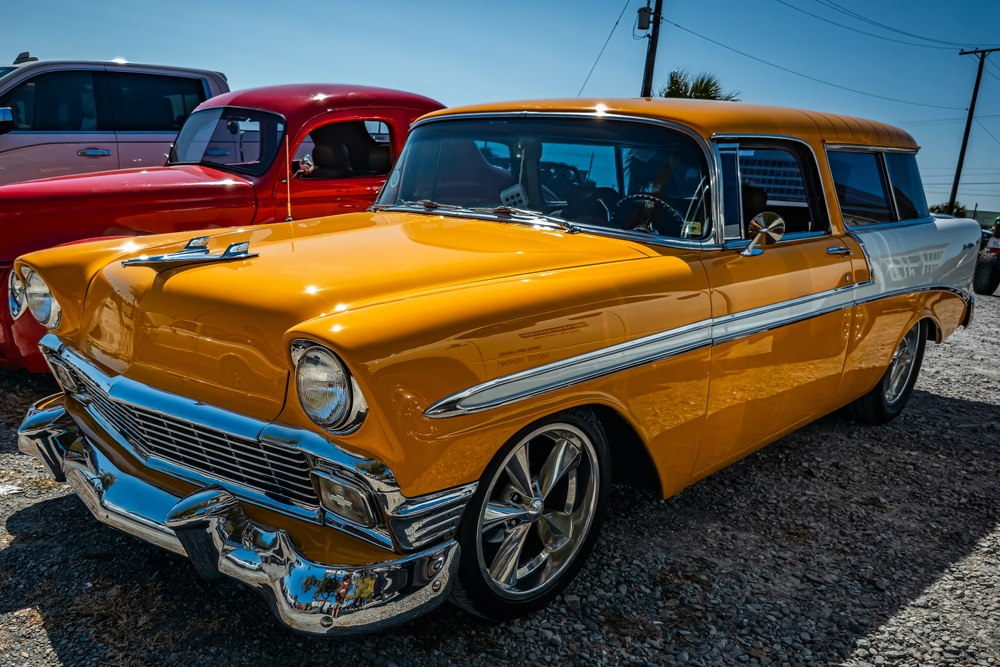
The Chevrolet Nomad was a stylish two-door station wagon that became a symbol of 1950s Americana. With V8 engine options and iconic tail fins, it was as much about design as it was about utility. A modern Nomad could capitalize on the growing trend for retro-inspired vehicles, offering a stylish, two-door wagon with a hybrid or electric powertrain. Its unique design would stand out in a market filled with crossovers and SUVs, appealing to those seeking something both nostalgic and modern.
Peugeot 504 Break (1968-1983)
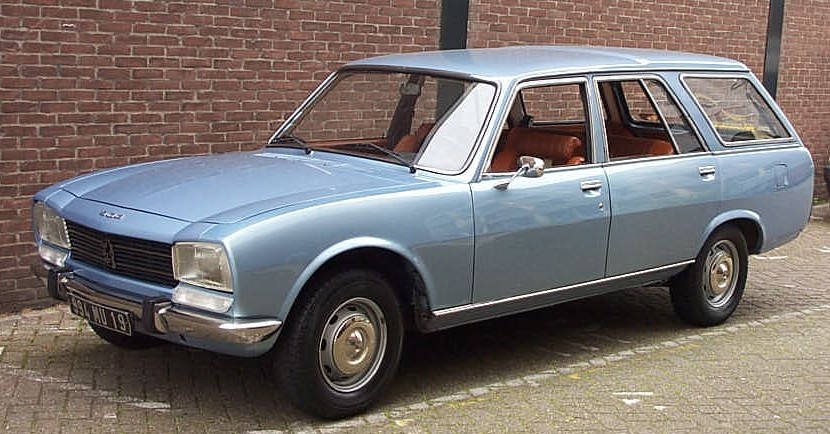
The Peugeot 504 Break was known for its durability, comfort, and practicality, powered by a range of reliable inline-4 and diesel engines. It was a favorite in Europe and Africa for its rugged build and smooth ride. In today’s market, a modernized 504 Break could thrive as a rugged, adventure-ready wagon with a hybrid or electric engine, targeting buyers who need a dependable, all-terrain family vehicle that’s also eco-friendly.
Toyota Camry Wagon (1986-1996)
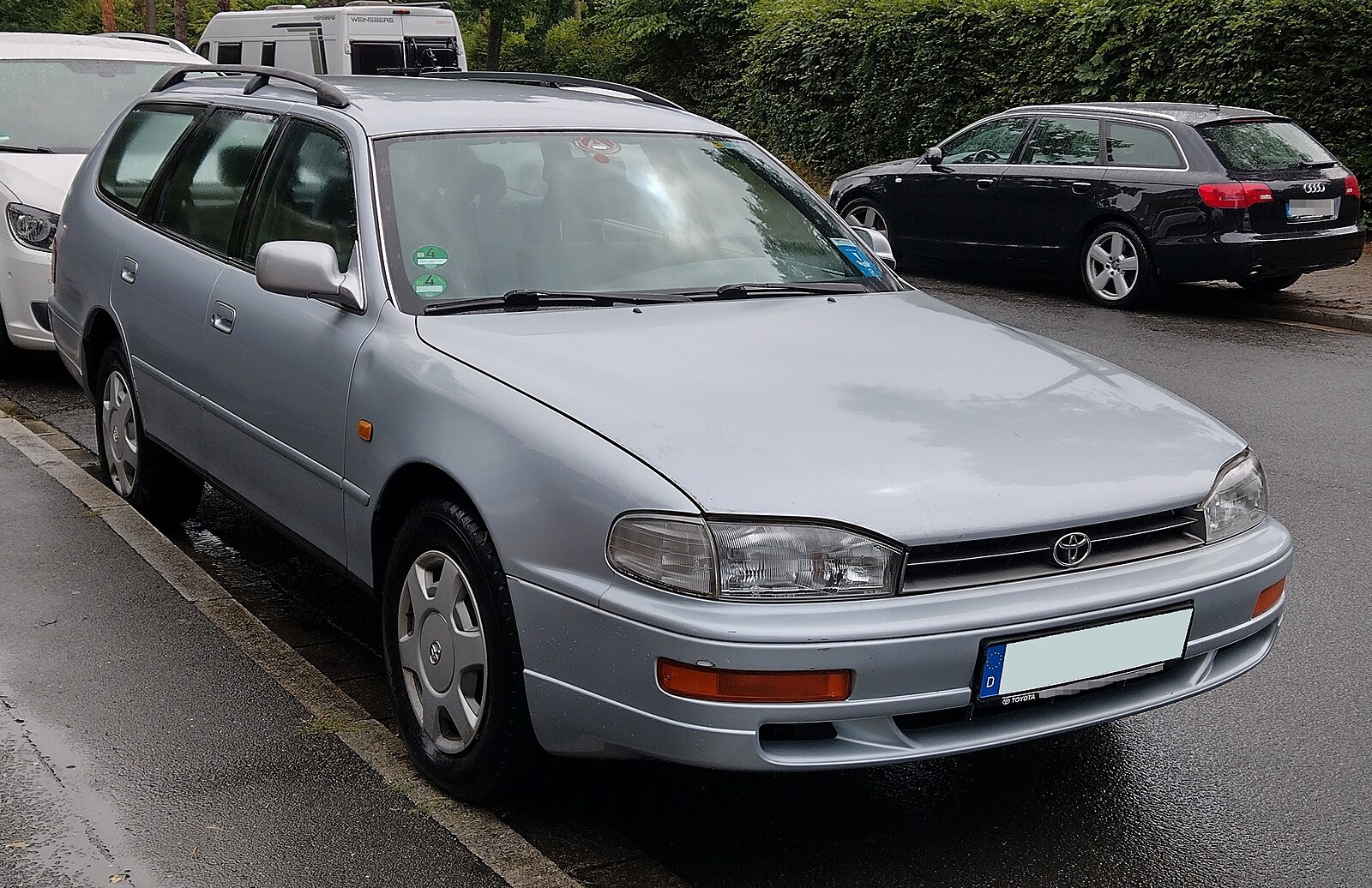
The Toyota Camry Wagon was a reliable, practical family car powered by a 2.2-liter inline-4 engine that prioritized durability and fuel efficiency. Known for its ample cargo space and reputation for reliability, a modern Camry Wagon could attract buyers seeking a practical, no-nonsense family vehicle with modern conveniences. An electric or hybrid version would likely appeal to eco-conscious families who want an efficient, spacious, and dependable vehicle for everyday use.
Pontiac Safari Wagon (1955-1989)
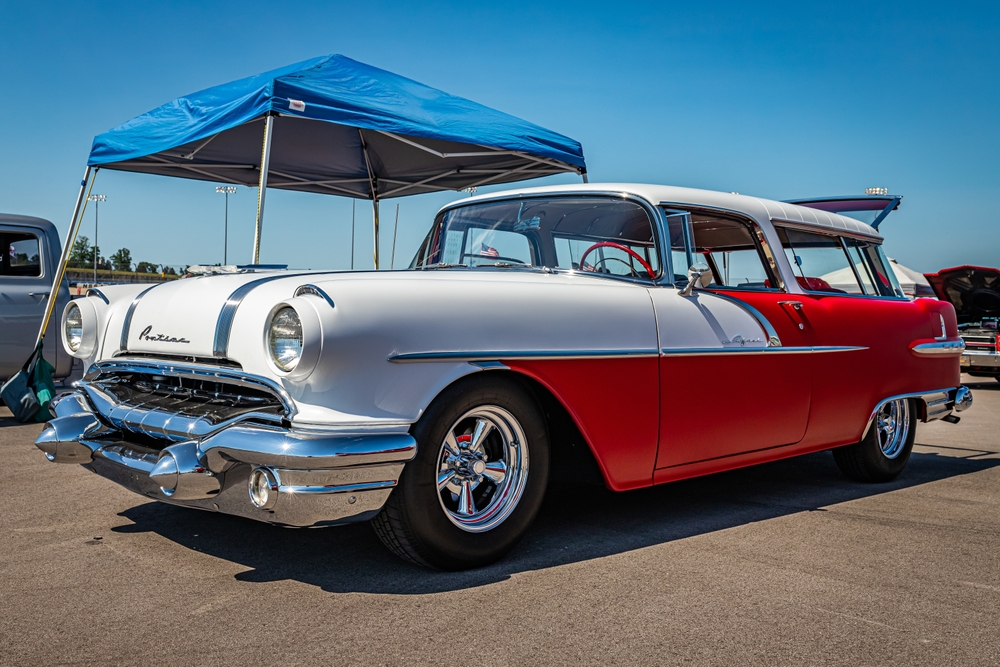
The Pontiac Safari Wagon was a full-size station wagon that featured sleek styling and powerful V8 engines. Throughout its long production run, it became known for its versatility, offering plenty of space for families and road trips while maintaining a touch of luxury with its premium interiors. In today’s market, a revived Safari Wagon could tap into the growing demand for retro designs with a modern twist. With electric powertrains and cutting-edge technology, it could be a stylish alternative to the modern SUV, offering nostalgia without sacrificing modern performance and safety.
Ford Country Squire (1950-1991)
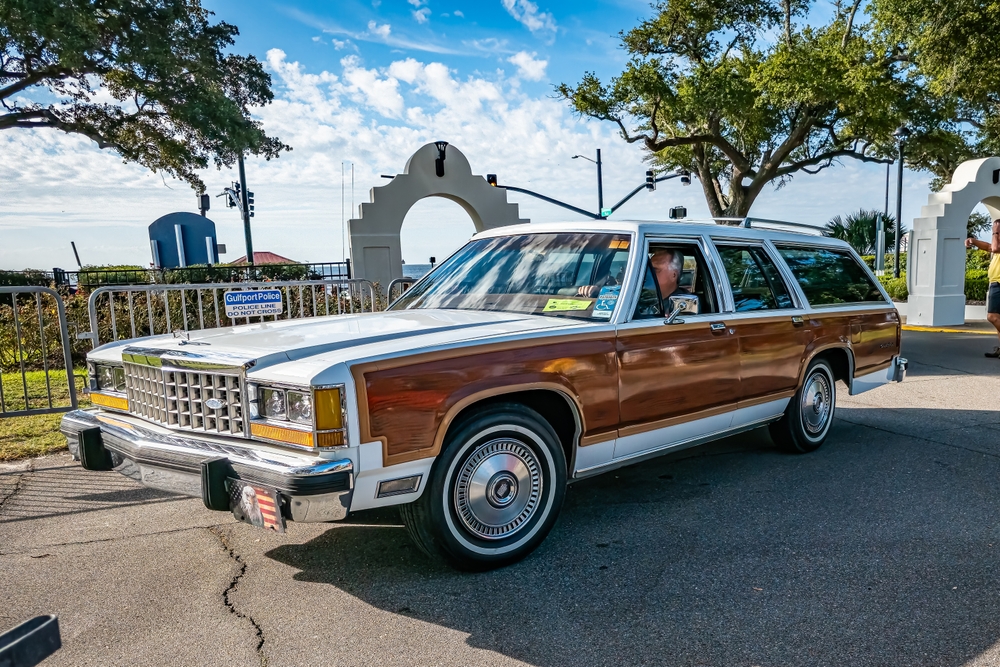
The Ford Country Squire was an iconic American station wagon known for its woodgrain paneling and spacious interior. Powered by a variety of V8 engines, it was a symbol of the post-war American family road trip. With its immense cargo capacity and luxurious touches, a modern Ford Country Squire could be a perfect family vehicle today, blending vintage styling with the latest in electric vehicle technology and autonomous driving features. Its nostalgic appeal combined with modern tech could make it a hit among families seeking both style and practicality.
This article originally appeared on MyCarMakesNoise.
More from MyCarMakesNoise
17 Notable Helicopters in Action-Packed Movies
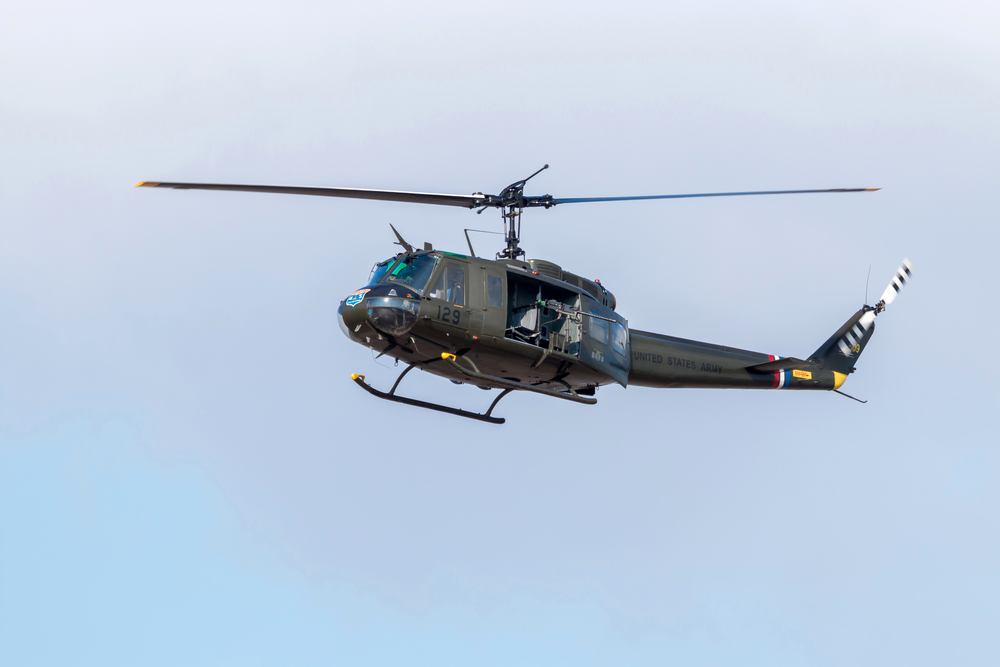
From daring rescues to intense battles, these airborne machines add an extra layer of excitement and tension to the scenes they grace. Let’s take a look at 17 notable helicopters that have made their mark in some of the most thrilling films ever made. Read More.
16 Ways Urbanization Influences the Future of Vehicle Production
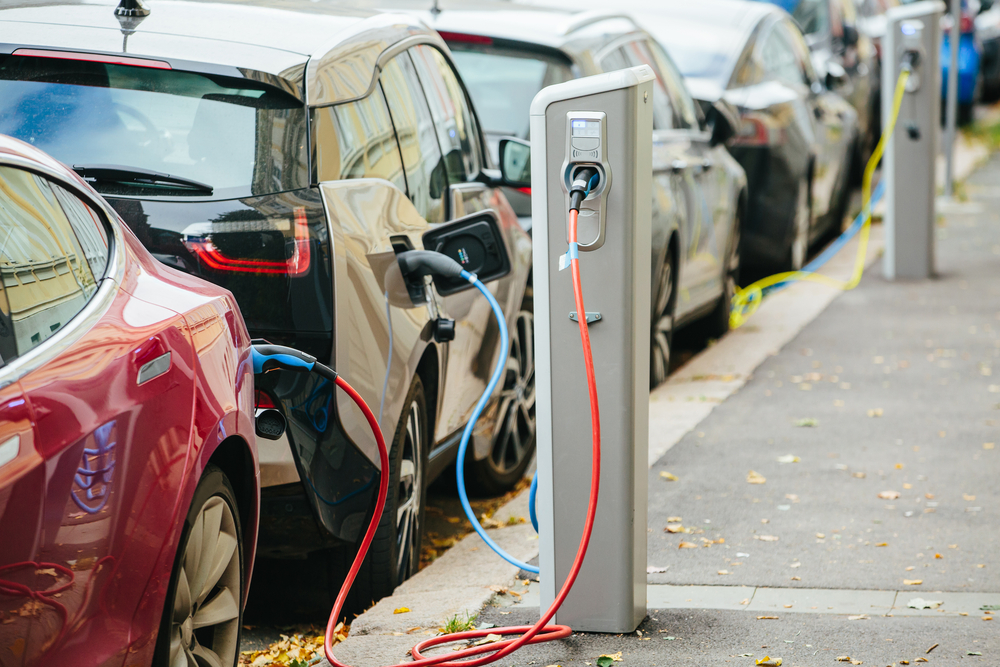
From the rise of electric vehicles to the development of smart transportation systems, the influence of urbanization on the future of vehicle production is profound. Here are 16 key ways in which urbanization is shaping the next generation of vehicles. Read More.
16 Reasons Why Classic Trucks Might Not Be Practical
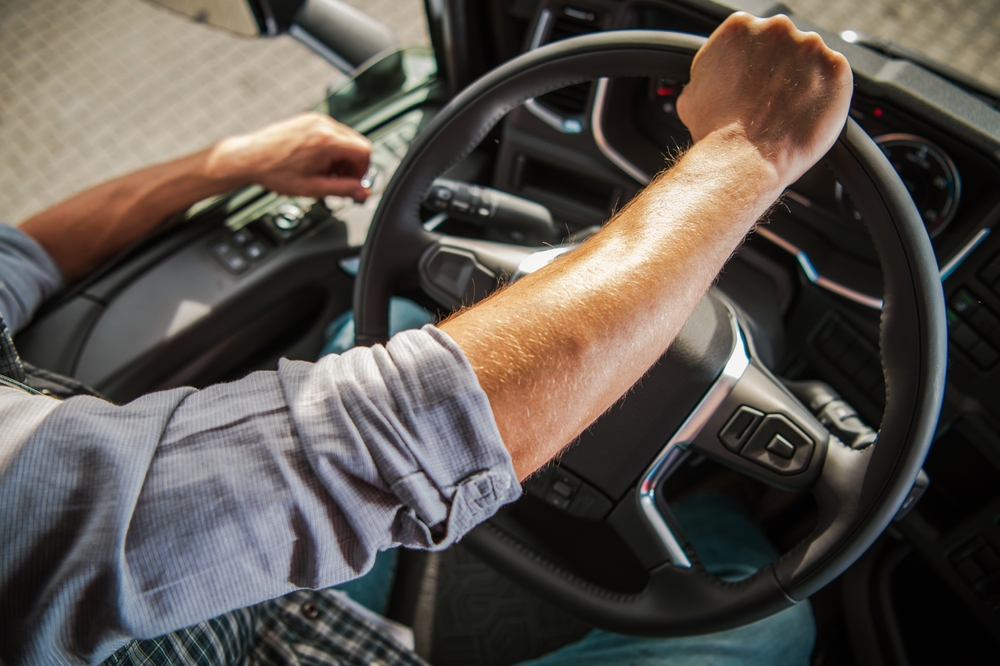
From outdated safety features to high maintenance costs, there are several reasons why classic trucks may fall short in meeting the demands of modern-day driving. Here are 16 key factors to consider before committing to one as your daily driver. Read More.

